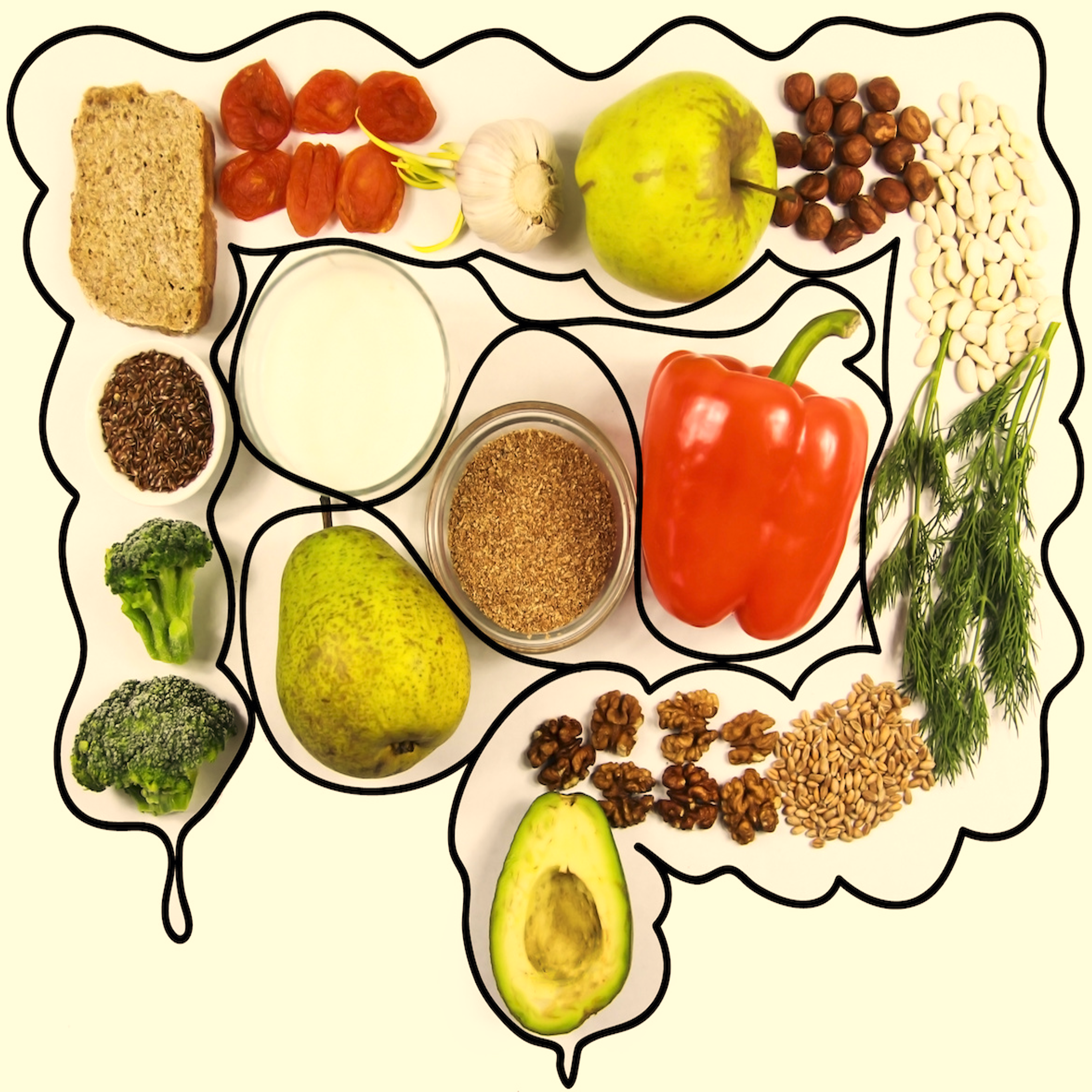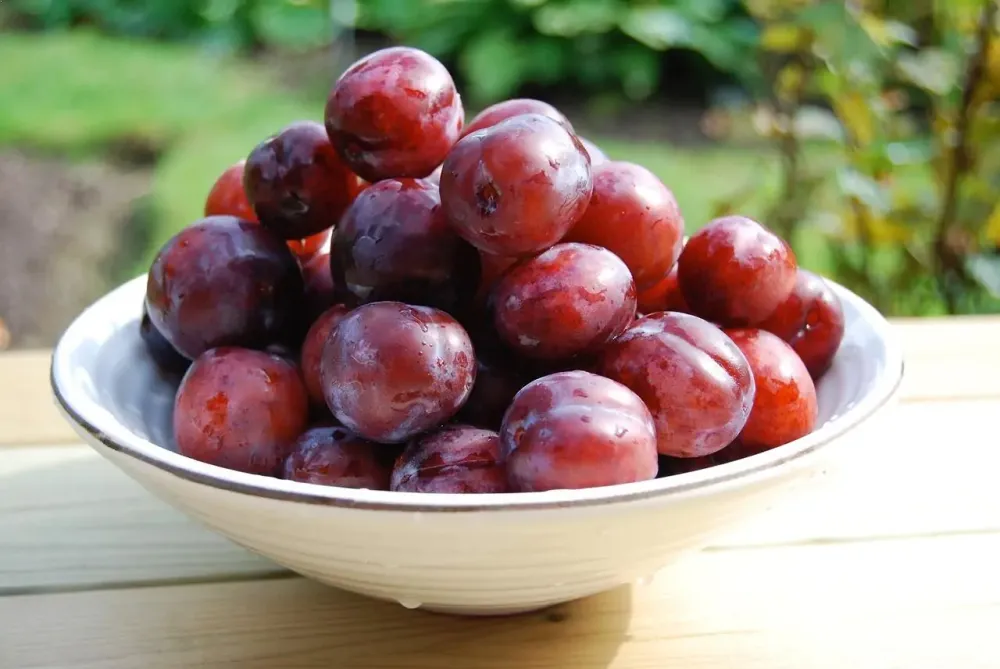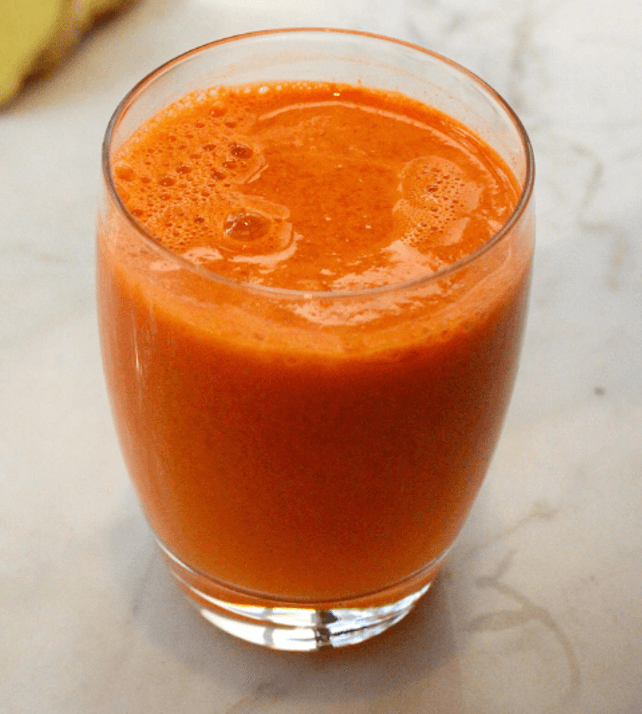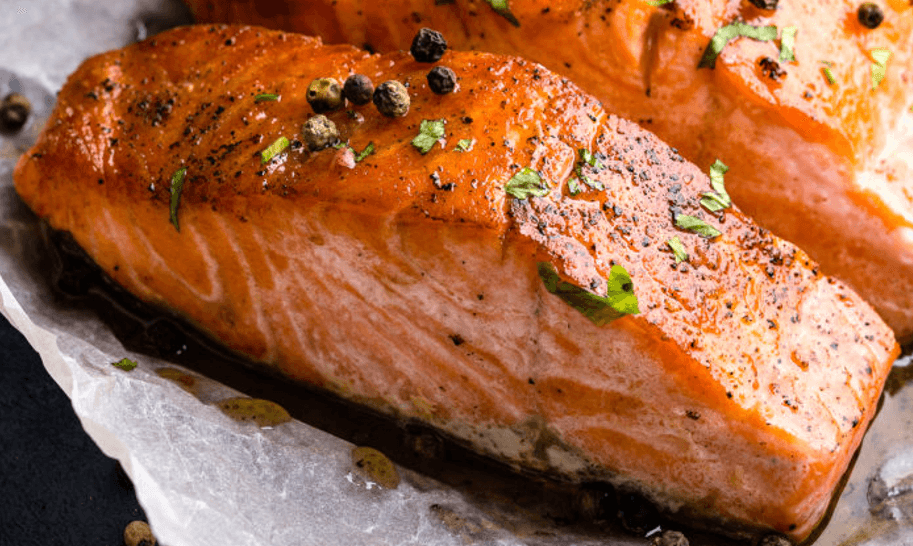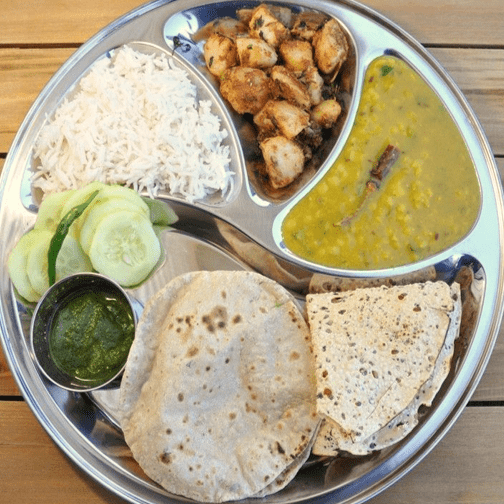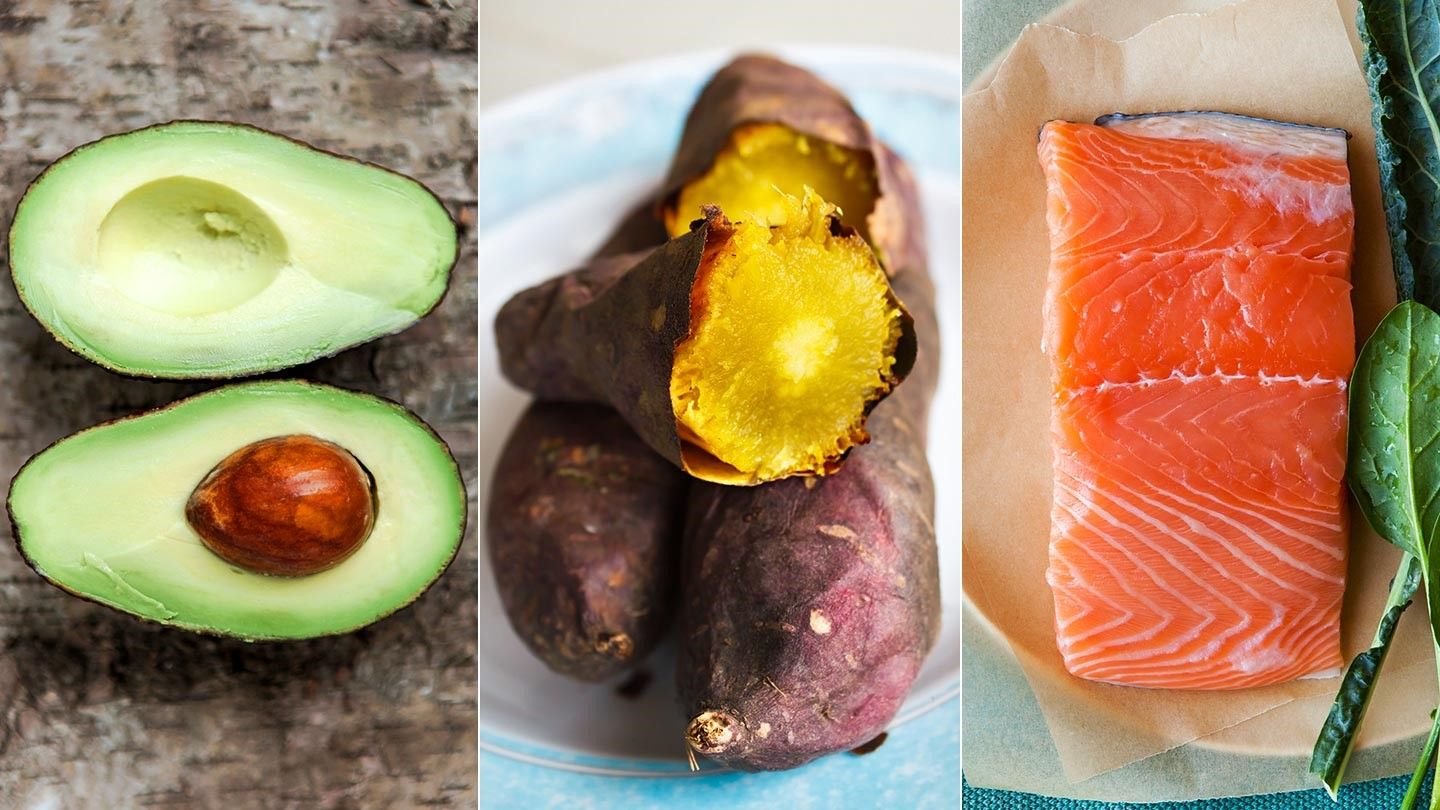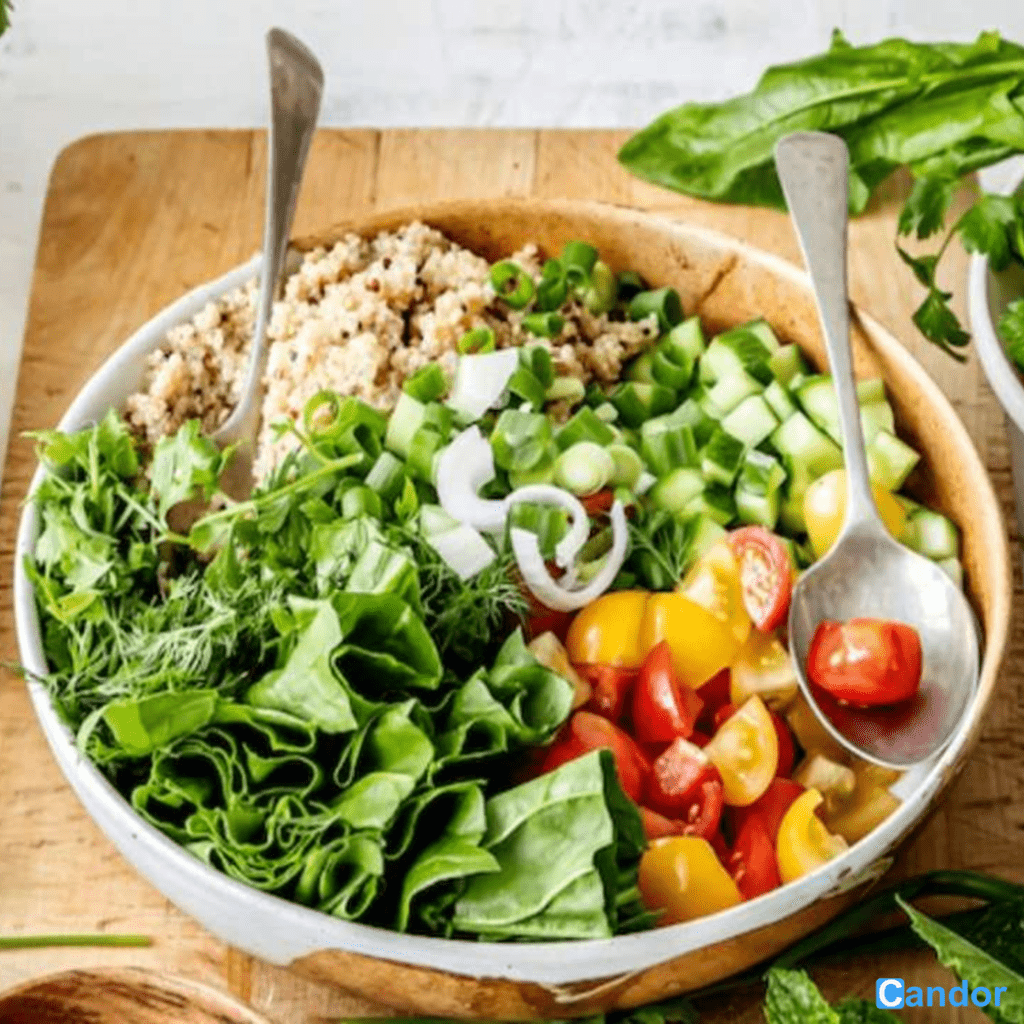
Plant-based diets have been growing in popularity around the world in recent years. A plant-based diet means eating mainly or exclusively foods derived from plants, including vegetables, fruits, grains, legumes, nuts, and seeds. Animal products like meat, dairy, eggs, and fish are avoided or minimized. An Indian plant-based diet takes inspiration from traditional vegetarian cuisines in India, which rely heavily on pulses, lentils, rice, vegetables, spices, and herbs.
Indian cuisine offers a treasure trove of nutritious and flavorful plant-based dishes. Legumes, including lentils, chickpeas, black grams, and kidney beans, are prominent. Staple grains like rice, millet, and quinoa provide carbohydrates. An abundance of vegetables like potatoes, cauliflower, okra, eggplant, and spinach are used in curries, stir-fries, and other preparations. Spices like turmeric, cumin, coriander, cinnamon, and cardamom add layers of flavor, along with herbs like curry leaves and mint. With its focus on plants and spices, an Indian plant-based diet is full of antioxidant and anti-inflammatory compounds that offer many health benefits.
Health Benefits of a Plant-Based Indian Diet
Switching to a plant-based Indian diet can provide numerous health benefits. Focusing on minimally processed foods like lentils, vegetables, fruits, grains, seeds, and nuts can reduce one’s risk of chronic diseases and improve overall well-being.
Some of the top health benefits of eating plant-based Indian cuisine include:
- Reduced risk of obesity, diabetes, heart disease, and cancer: Plant-based diets are naturally lower in unhealthy fats, refined carbohydrates, and animal proteins. This nutritional profile helps regulate blood sugar, lower cholesterol, decrease inflammation, and support a healthy weight – all factors that reduce disease risk.
- Lower cholesterol and blood pressure: Eliminating meat and dairy and emphasizing foods like legumes, vegetables, fruits, and whole grains has lowered LDL cholesterol levels and improved other heart health markers, such as blood pressure.
- Increased energy: Plant foods provide steady, long-lasting energy since they are packed with complex carbohydrates, fiber, and nutrients. This can help you feel more energized throughout the day compared to energy crashes that can occur after eating meat and dairy.
- Improved digestive health: Plant foods’ high fiber content improves digestion and gut health. Beans, lentils, vegetables, fruits, and whole grains help promote the growth of healthy gut bacteria and regular bowel movements.
Weight Loss
A plant-based Indian diet can be very effective for weight loss. Two main factors are the high fiber content and low-calorie density.
- Fiber is only found in plant foods. Indian cuisine uses ingredients that are packed with fiber, like lentils, beans, vegetables, fruits, nuts, and whole grains. Fiber provides bulk to meals, helps prolong feelings of fullness, and slows digestion. This means you feel fuller for longer and fewer calories when eating high-fiber foods.
- Foods from plants have a low-calorie density. This means they provide fewer calories per gram of food. For example, 100 calories of broccoli is a large volume that fills up your stomach. But 100 calories of oil or cheese is minimal in volume. Focusing on low-calorie-density plant foods allows you to eat satisfying portions that help control hunger and calorie intake.
Indian cuisine’s emphasis on lentils, beans, vegetables, fruits, and whole grains makes it naturally well-suited for weight loss and maintaining a healthy body weight. These filling, fiber-rich foods aid weight loss efforts without the need for calorie counting or portion control.
Environmental Benefits
Transitioning to a plant-based Indian diet can have significant environmental benefits compared to a typical meat-heavy diet.
- Livestock raised for meat production requires massive amounts of land, water, and feed. It takes significantly more resources to produce meat than it does to grow crops. One study found that transitioning to a vegan diet could reduce an individual’s food-related carbon footprint by up to 73%.
- Raising livestock also produces vast amounts of greenhouse gas emissions, thanks to methane released from manure and the clearing of forests to create land for grazing. Experts estimate that livestock accounts for 14.5% of global greenhouse gas emissions.
- Shifting towards a plant-based Indian diet reduces strain on environmental resources, as fruits, vegetables, grains, and legumes require far less water and land to grow than livestock. Plant-based diets also produce fewer carbon emissions.
- Agriculturally, plant-based foods are much more sustainable than meat. An acre of land can produce far higher yields of plant crops than livestock. With a growing global population, shifting towards plant-based diets is crucial for food security.
Overall, the environmental benefits of a plant-based Indian diet are significant. Individuals can dramatically reduce their environmental footprint through their dietary choices by reducing reliance on resource-intensive meat production.
Typical Foods
A plant-based Indian diet typically includes dal, rice, roti, sabzi, raita, and chutneys. When eaten together, these dishes provide a nutritious and balanced diet.
Dal: Lentils are the foundation of a plant-based Indian diet. Dal is a lentil stew or soup in many varieties, such as masoor dal, chana dal, and toor dal. It is packed with protein, fiber, and complex carbs.
Rice: Basmati rice is a staple accompaniment to dal and sabzi. It provides carbohydrates for energy, and brown rice can be chosen for extra fiber.
Roti: Whole wheat flatbreads like roti, chapati, or naan are eaten with dal and sabzi. Rotis provides complex carbs and B vitamins.
Sabzi: Cooked vegetables or vegetable curries are known as sabzi. They provide vitamins, minerals, and antioxidants. Common sabzis are made from potatoes, cauliflower, okra, spinach, beans, etc.
Raita: Ratia, a yogurt dish containing cucumbers, carrots, or boondia. It aids digestion and provides calcium.
Chutneys: Chutneys made from coconut, coriander, mint, or tamarind add flavor and can provide a nutritional boost of antioxidants, vitamins, and minerals.
Eaten together, these plant-based Indian dishes can provide protein, complex carbs, fiber, vitamins, and minerals needed for good health. The variety helps create balanced, nutritious meals.
Sample Meal Plan
A sample 1 day meal plan on a plant-based Indian diet could look like this:
Breakfast
- Dosa – fermented crepe made from rice and lentil batter served with sambar lentil stew and coconut chutney
- Idli – steamed cakes made from lentil and rice batter, served with sambar
- Upma – semolina porridge with vegetables
- Fresh fruit
Lunch
- Vegetable biryani – spiced rice dish cooked with assorted vegetables
- Dal – lentil stew
- Chapati – whole wheat flatbread
- Raita – yogurt dipping sauce
- Salad
Dinner
- Chana masala – chickpea curry
- Aloo gobi – potato and cauliflower curry
- Rice
- Roti – whole wheat flatbread
- Vegetable pakora – vegetable fritters
Snacks
- Fresh fruit
- Roasted chickpeas
- Nuts and seeds
- Vegetable sticks with hummus
Tips for Transitioning
Switching to a plant-based Indian diet can initially seem daunting, but it doesn’t have to be an overnight change. Here are some tips to make the transition smoother:
- Take a Gradual Approach: Going entirely plant-based overnight rarely sticks. Instead, take small steps like meatless Mondays, cooking one plant-based meal daily, or slowly reducing your meat intake over time. This allows your tastebuds to adjust and makes the change more sustainable.
- Meal Plan & Prep: Planning out a week’s worth of meals and doing prep work like chopping veggies ahead of time makes it much easier to reach for plant-based options. Look for simple Indian recipes with lentils, beans, tofu, veggies, and whole grains.
- Get Enough Protein: Without meat, ensure you replace protein sources. Lentils, beans, tofu, tempeh, nuts, seeds, dairy, and whole grains provide protein. Aim for a variety to meet amino acid needs.
- Supplement if Needed: Track your nutrient intake, especially iron, zinc, B12, and omega-3s. Supplement if your levels are low. A multivitamin can help during the transition period.
With some planning and patience, shifting towards plant-based Indian cuisine can be rewarding for your health and the environment. Focus on making simple swaps and enjoying all the delicious flavors Indian veg dishes offer.
Indian Cuisine Benefits
Indian cuisine is naturally well-suited to plant-based eating for several reasons:
- Indian cooking is traditionally veggie-centric, with meat often being a small side component rather than the main focus. Dishes like dal, palak paneer, aloo gobi, and chana masala highlight beans, cheese, potatoes, and abundant spices.
- Various spices and herbs provide a vast range of flavors in Indian cooking, reducing the need for meat to make dishes tasty. Typical spices like turmeric, cumin, coriander, cinnamon, cardamom, cloves, ginger, and garlic add flavor and health benefits.
- Cultural and religious influences in India have favored vegetarianism and plant-based eating for centuries. Hindu dietary laws encourage avoiding meat, while Jainism goes even further to avoid root vegetables and promote non-violence. These long-standing traditions have shaped Indian cuisine to center around plants.
So, with its flavorful spicing, vegetable focus, and cultural/religious backdrop, Indian food is naturally well-suited to healthy plant-based eating. The flavors and nutrition of Indian cuisine lend themselves seamlessly to vegetarian and vegan diets.
Potential Challenges
Transitioning to a plant-based Indian diet can present some challenges. Here are a few common ones to be aware of:
Social and Cultural Pressures
- Food and diet are deeply ingrained in Indian culture and tied to traditions. Family or social pressures may make adopting an entirely plant-based diet difficult.
- You may need help with questions or resistance from family about going against cultural norms. Be patient and focus conversations on the health benefits.
- Certain religious ceremonies or events feature non-vegan foods. Do your best to modify traditions while still participating.
Ensuring Adequate Nutrients
- A plant-based diet requires more planning to ensure you get enough protein, iron, vitamin B12, and other nutrients. Consult with a dietitian if needed.
- Substitute ghee with vegetable oils. Supplement vitamin B12. Eat legumes, lentils, greens, nuts, and seeds for protein and iron.
- Discuss diet changes with your doctor if you take any medications or have other health conditions.
Dining Out or Travelling
- Indian restaurants may cook dishes in ghee and request oil-based preparations.
- When traveling in India, carry protein bars or nuts as backups. Research vegan-friendly restaurants in advance.
- Politely explain your diet when visiting others. Offer to bring a plant-based dish to share.
With extra care and planning, a plant-based Indian diet can overcome these challenges. Focus on the benefits and be patient with yourself and others.
Conclusion
Transitioning to a plant-based Indian diet can initially seem daunting, but the potential benefits make it worthwhile. As we’ve explored, this way of eating is linked to better health outcomes like weight loss, lower cholesterol, and reduced risk of chronic illnesses. It also has environmental upsides by requiring fewer resources than meat production.
Focusing on legumes, vegetables, fruits, grains, and spices opens up a world of nutrient-dense and satisfying Indian cuisine. Meals centered around dal, paneer, kofta, and biryani are flavorful and varied options. With some planning, plant-based Indian dishes can become staples in your home.
The key is being open to new foods and recipes. Look at this as an opportunity to discover meals you may grow to love even more than your current favorites. With the right mindset and commitment, a plant-based Indian diet can significantly benefit your health while letting you enjoy cherished tastes and traditions. The rewards are well worth it.
References:
- Melina, V., Craig, W., & Levin, S. (2016). Position of the Academy of Nutrition and Dietetics: Vegetarian Diets. Journal of the Academy of Nutrition and Dietetics.
- American Heart Association. (2019). Plant-Based Diet Can Help Reduce Risk of Heart Disease.
- Poore, J., & Nemecek, T. (2018). Reducing food’s environmental impacts through producers and consumers. Science.
- Harvard Health Publishing. (2019). Becoming a Vegetarian. Harvard Medical School.
- Le, L. T., & Sabaté, J. (2014). Beyond meatless, the health effects of vegan diets: findings from the Adventist cohorts. Nutrients.
- Food and Agriculture Organization of the United Nations. (2013). Tackling Climate Change Through Livestock: A Global Assessment of Emissions and Mitigation Opportunities.
- World Health Organization. (2020). Healthy diet.



